Star Ark: Russia's most unusual spaceships
Today we recall the projects of the strangest spaceships presented in post-Soviet Russia.
Recently, Western companies have shown the world many manned spacecraft projects, and some of them are really quite original. It's not just about Starship Ilona Mask. Last year, Lockheed Martin showed off the concept of the new MADV (Mars Ascent / Descent Vehicle), capable of landing on the surface of the Red Planet. At the same time, Russian developments are increasingly associated with the Soviet legacy, or rather, “squeezing” the latter out of it. Of course, there is some truth in this. Even the latest versions of the Soyuz look very archaic: alas, the same can be said about the cargo Progress created on its basis. For better or worse, the promising Federation will not become a revolution either: it will most likely be perceived in the West as the “Russian Dragon” or something like that. But, in fairness, Russian engineers have offered and offer their vision of how to improve space launches. It is about these ideas that we will talk today.
"Clipper"
The Clipper ship, which has been developed at RSC Energia since 2000, has already been forgotten, but once it had a good chance of becoming the embodiment of Russian of technologies of the future. This, recall, is a reusable spaceship that looks like a smaller version of the American Shuttle. Its main feature was a reusable capsule, which can be used for launches many times. A design similar to the “iron” was supposed to allow ships to return to Earth by planning in the upper atmosphere and landing in airplane mode. In orbit, one of the main advantages was seen as the ability to perform complex maneuvers: orbital maneuvering engines wanted to make ethanol / liquid oxygen on a fuel pair. The “dry” characteristics of the ship, in general, are comparable with the characteristics of later partially reusable vehicles. With a mass of 13-14 tons, the Clipper could take on board up to four crew members at launch and return up to five people back to Earth. The mass of the delivered cargo is 700 kilograms. They wanted to launch with the help of the Onega launch vehicle.
We saw the “Clipper” both as an instrument for conquering other planets, and as a tourist complex, and as a base for developing future technologies. However, most often it was perceived as a means of delivering cargo and people to the ISS. That is, the ship was supposed to be a replacement for the "Union". But he did not become her. It’s hard to judge the reasons for this, however, it is obvious that in the first decade of the 2000s, Energia simply did not have money for such a complex project. Already in 2009, the corporation won the new competition, which resulted in the emergence of the Federation project. By the way, his future is not much less vague than that of “Clipper” in the 2000s. Recall that now it exists only as a layout. At the same stage, her ancestor remained.
MAX
MAX is not only the abbreviation of the famous air show, but also the name of the unrealized spacecraft. It would be more correct to call the “multi-purpose aerospace system” Soviet than Russian, but the work on the project continued after the collapse of the USSR. At the center of the concept was the so-called air launch, in which the spacecraft was launched not from the ground, as in the case of conventional rockets, but in the air, using a special carrier aircraft. The two-stage complex was supposed to include a huge An-225 Mriya and an orbiting spacecraft. To implement a manned launch, they intended to use a huge fuel tank, which was attached to the outer part of the rocket plane. Thus, outwardly it looked like an American Shuttle, but, as in the case of the Clipper, it was much smaller in size. If the launch was unmanned, then the tanks could be placed inside the ship. Just in case, I was working on the “MAX-T” version, in which an unmanned ship would be put into orbit using a familiar launch vehicle. In variants with a rocket launch launched by air launch, the payload into a low orbit was 7 tons, and in the case of a rocket - 18 tons.
The main reason for the rejection of the project was the collapse of the USSR, but in 2012 the project received a second ticket to life, already in a revised form. Then the Molniya Scientific Production Association and the Myasishchev plant set about working on new aerospace systems for suborbital tourist flights and launching commercial satellites into orbit. As carriers, they began to consider not “Mriya”, which remained in Ukraine, but the M-55 “Geophysics” aircraft and the ZM-T transporter. According to the plan, the spacecraft was supposed to launch using a solid rocket accelerator, reaching a height of 120 kilometers. Of course, the financial difficulties of recent years, and specifically the problems of the space industry, do not add chances for the birth of something like this in the foreseeable future. And competition in the field of space tourism every year will only grow.
The project of Vladimir Denisov
Even less well-known, however, is a much more ambitious project proposed by an employee of the Missile Center. Khrunichev by Vladimir Denisov. The concept in 2017 drew the attention of RIA News. At its center is a spaceship that does not need a launch vehicle to launch. Absolutely. Thus, we are talking about a single-stage aerospace system. It is assumed that it can be used many times. Starting weight of the product should reach 500 tons. To overcome such a heavy construction of the “gravitational well”, Denisov proposed the use of a nuclear installation of a combined type. As follows from the report, the apparatus is proposed to be equipped with electric rocket engines and an onboard nuclear power plant. To achieve distant space objects, Vladimir Denisov proposed the use of space refuellers. By the way, Elon Musk offers something similar with his Big Falcon Rocket. However, of course, the level of development at SpaceX is incomparably higher, and the Mask company does not yet claim the revolution described above.
By the way, the Denisov project itself is not based on scratch. It is based on an unrealized project of the Soviet suborbital apparatus MG-19. This project was developed at the Myasishchev Design Bureau. As you might guess, he remained a project. They say that even in Soviet times, the proposed scheme was considered too revolutionary.
Recently, Western companies have shown the world many manned spacecraft projects, and some of them are really quite original. It's not just about Starship Ilona Mask. Last year, Lockheed Martin showed off the concept of the new MADV (Mars Ascent / Descent Vehicle), capable of landing on the surface of the Red Planet. At the same time, Russian developments are increasingly associated with the Soviet legacy, or rather, “squeezing” the latter out of it. Of course, there is some truth in this. Even the latest versions of the Soyuz look very archaic: alas, the same can be said about the cargo Progress created on its basis. For better or worse, the promising Federation will not become a revolution either: it will most likely be perceived in the West as the “Russian Dragon” or something like that. But, in fairness, Russian engineers have offered and offer their vision of how to improve space launches. It is about these ideas that we will talk today.
"Clipper"
The Clipper ship, which has been developed at RSC Energia since 2000, has already been forgotten, but once it had a good chance of becoming the embodiment of Russian of technologies of the future. This, recall, is a reusable spaceship that looks like a smaller version of the American Shuttle. Its main feature was a reusable capsule, which can be used for launches many times. A design similar to the “iron” was supposed to allow ships to return to Earth by planning in the upper atmosphere and landing in airplane mode. In orbit, one of the main advantages was seen as the ability to perform complex maneuvers: orbital maneuvering engines wanted to make ethanol / liquid oxygen on a fuel pair. The “dry” characteristics of the ship, in general, are comparable with the characteristics of later partially reusable vehicles. With a mass of 13-14 tons, the Clipper could take on board up to four crew members at launch and return up to five people back to Earth. The mass of the delivered cargo is 700 kilograms. They wanted to launch with the help of the Onega launch vehicle.
We saw the “Clipper” both as an instrument for conquering other planets, and as a tourist complex, and as a base for developing future technologies. However, most often it was perceived as a means of delivering cargo and people to the ISS. That is, the ship was supposed to be a replacement for the "Union". But he did not become her. It’s hard to judge the reasons for this, however, it is obvious that in the first decade of the 2000s, Energia simply did not have money for such a complex project. Already in 2009, the corporation won the new competition, which resulted in the emergence of the Federation project. By the way, his future is not much less vague than that of “Clipper” in the 2000s. Recall that now it exists only as a layout. At the same stage, her ancestor remained.
MAX
MAX is not only the abbreviation of the famous air show, but also the name of the unrealized spacecraft. It would be more correct to call the “multi-purpose aerospace system” Soviet than Russian, but the work on the project continued after the collapse of the USSR. At the center of the concept was the so-called air launch, in which the spacecraft was launched not from the ground, as in the case of conventional rockets, but in the air, using a special carrier aircraft. The two-stage complex was supposed to include a huge An-225 Mriya and an orbiting spacecraft. To implement a manned launch, they intended to use a huge fuel tank, which was attached to the outer part of the rocket plane. Thus, outwardly it looked like an American Shuttle, but, as in the case of the Clipper, it was much smaller in size. If the launch was unmanned, then the tanks could be placed inside the ship. Just in case, I was working on the “MAX-T” version, in which an unmanned ship would be put into orbit using a familiar launch vehicle. In variants with a rocket launch launched by air launch, the payload into a low orbit was 7 tons, and in the case of a rocket - 18 tons.
The main reason for the rejection of the project was the collapse of the USSR, but in 2012 the project received a second ticket to life, already in a revised form. Then the Molniya Scientific Production Association and the Myasishchev plant set about working on new aerospace systems for suborbital tourist flights and launching commercial satellites into orbit. As carriers, they began to consider not “Mriya”, which remained in Ukraine, but the M-55 “Geophysics” aircraft and the ZM-T transporter. According to the plan, the spacecraft was supposed to launch using a solid rocket accelerator, reaching a height of 120 kilometers. Of course, the financial difficulties of recent years, and specifically the problems of the space industry, do not add chances for the birth of something like this in the foreseeable future. And competition in the field of space tourism every year will only grow.
The project of Vladimir Denisov
Even less well-known, however, is a much more ambitious project proposed by an employee of the Missile Center. Khrunichev by Vladimir Denisov. The concept in 2017 drew the attention of RIA News. At its center is a spaceship that does not need a launch vehicle to launch. Absolutely. Thus, we are talking about a single-stage aerospace system. It is assumed that it can be used many times. Starting weight of the product should reach 500 tons. To overcome such a heavy construction of the “gravitational well”, Denisov proposed the use of a nuclear installation of a combined type. As follows from the report, the apparatus is proposed to be equipped with electric rocket engines and an onboard nuclear power plant. To achieve distant space objects, Vladimir Denisov proposed the use of space refuellers. By the way, Elon Musk offers something similar with his Big Falcon Rocket. However, of course, the level of development at SpaceX is incomparably higher, and the Mask company does not yet claim the revolution described above.
By the way, the Denisov project itself is not based on scratch. It is based on an unrealized project of the Soviet suborbital apparatus MG-19. This project was developed at the Myasishchev Design Bureau. As you might guess, he remained a project. They say that even in Soviet times, the proposed scheme was considered too revolutionary.
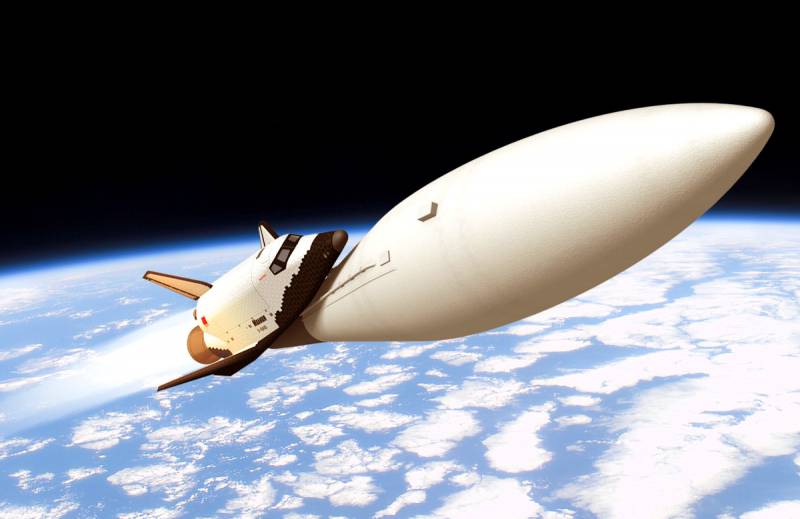
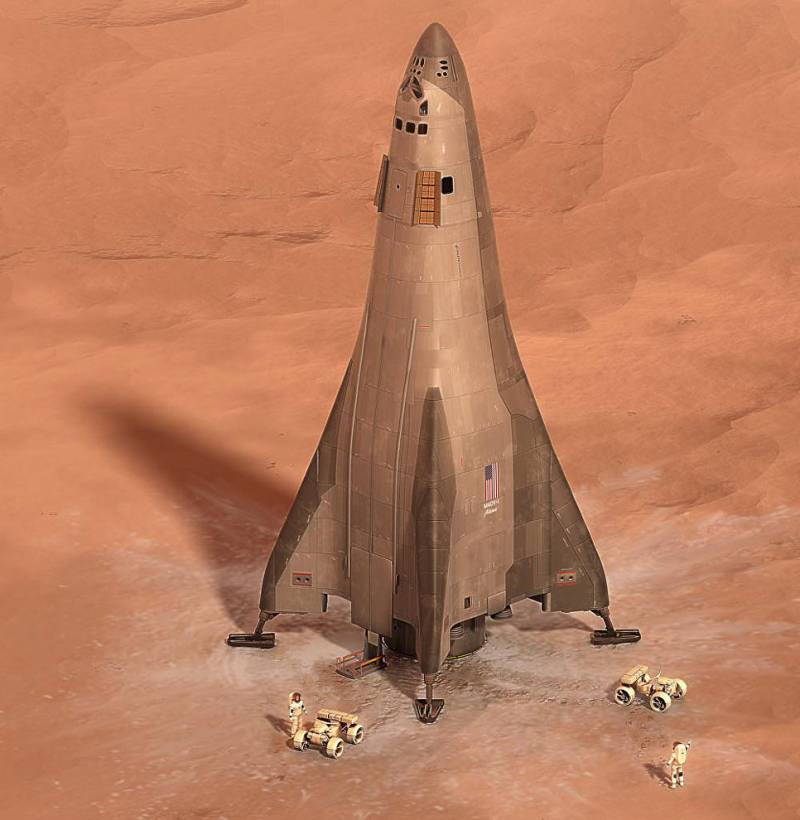
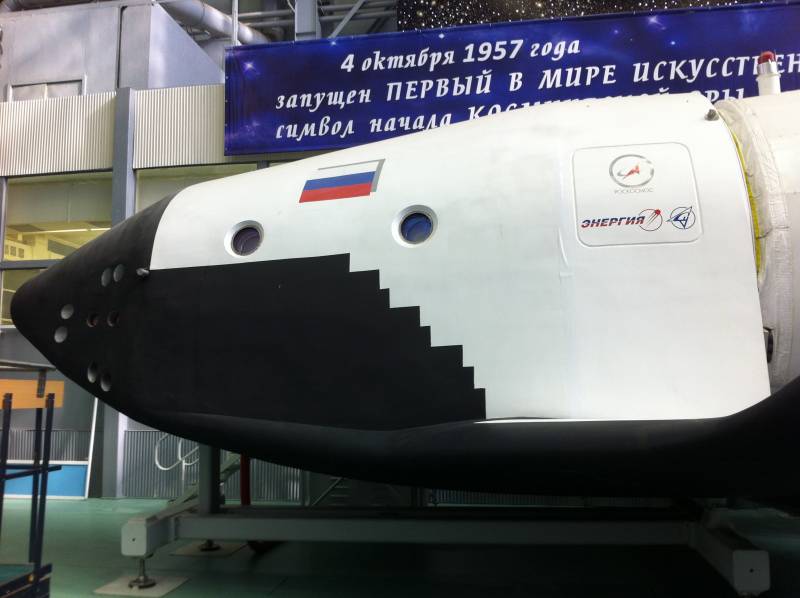
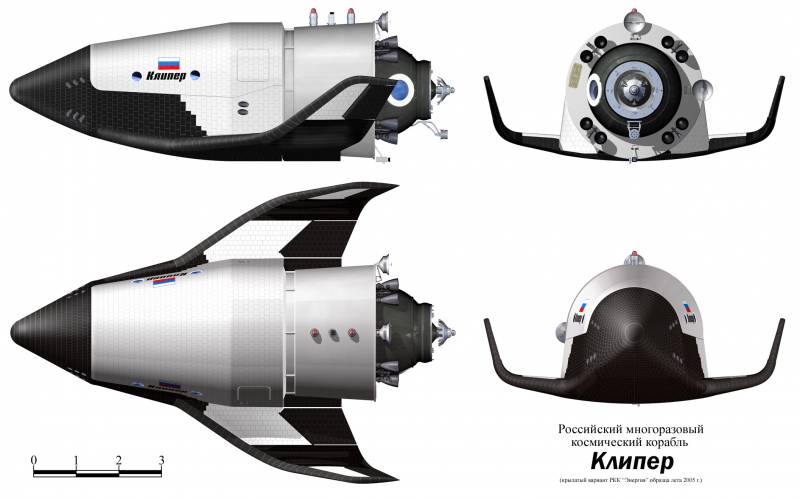
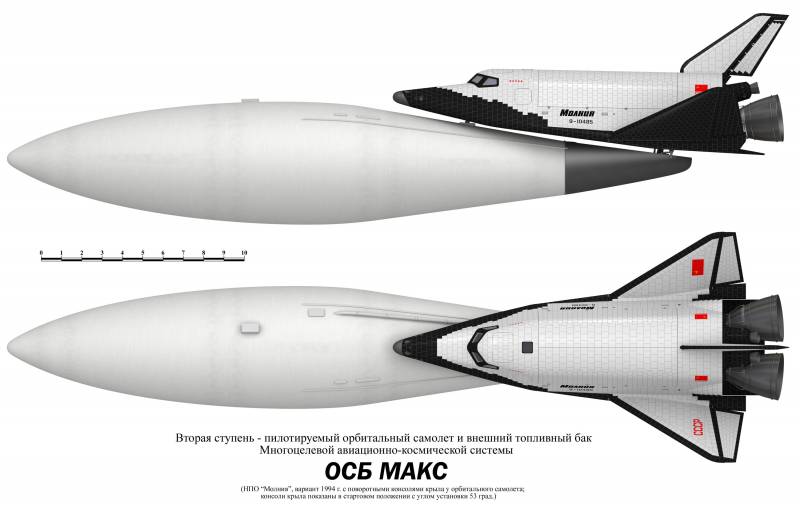
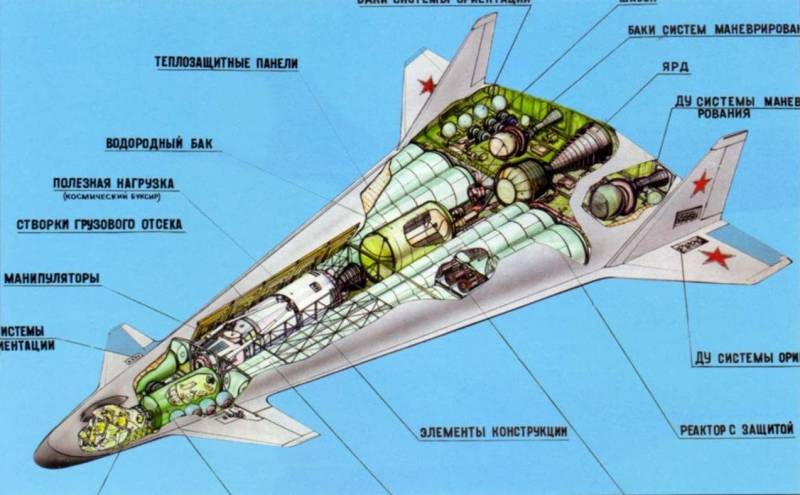
Information